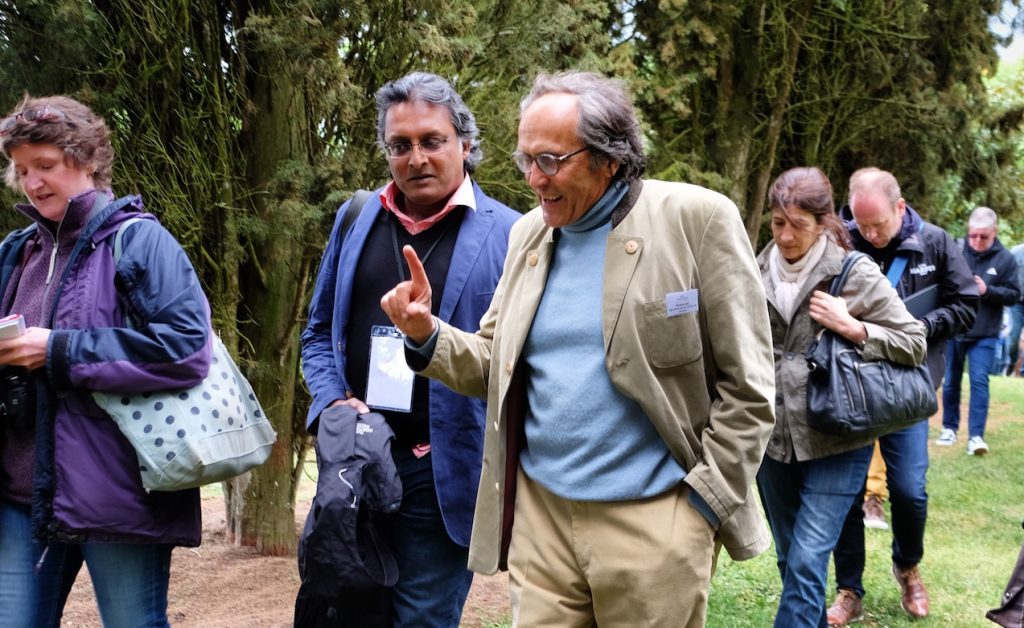Circle Chair Meg Maker shares a simple technique to prompt good storytelling for her column this month.
Readers want stories. But how do we, as interviewers and interpreters, tease stories from people who aren’t natural storytellers?
Before speaking with a producer, we arm ourselves with facts, the essentials of their biography. We pore over their website for details about family, place, wines, vineyards, and accolades.
When we sit down with them, we ask for more details. How many hectares of Nerello in this contrada? How many bottles does this site yield? When will harvest begin? Some producers have these data at their fingertips. (Though many won’t, so we have to fact check anyway.)
Still, such details are merely accessories to the story, not the story itself. They answer questions of What and When but not of How and Why. They’re unlikely to elicit reflection, speculation, and opinion — insights the producer has earned through hard work and long attention. They provide evidence and example, but don’t themselves add up to narrative.
So if not by facts, how do we arrive at a story readers want to read? Over the years I’ve developed a simple approach based on asking these three questions:
“What are you working on now?”
This is an opportunity for the producer to describe a recent project. Maybe they’ve planted a new vineyard, expanded exports, or started a new label. Maybe the next generation has returned bringing fresh (or scary) ideas. Another way into this question: “What are you’re excited about now?” or “Talk about your recent success.” Probe them about why the project matters, what they had to do to complete it, and what difference it’s already made.
“What’s next?”
Here they’ll describe a future goal or objective. Often this follows seamlessly from current projects, but not always, and their answers may surprise you. Another way into this question: “Talk about where you’re headed,” or “What does the future look like?” Sometimes the goal is small, sometimes truly enormous. Have them describe their vision of this future state, how it fits their values, why they want it, what it’ll take, and what it’ll give them once they’re successful.
“What’s in your way?”
Achieving a goal, especially a big goal, is never easy. There are always obstacles, barriers, and impediments one must overcome to hit a target. Perhaps it’s money, time, or external forces, but sometimes the difficulties are more nuanced or complicated. Crucially, ask them what they’re doing to battle their way through these obstacles. How do they plan to get from here to there?
Their answers, taken together, have natural sequence: past, present, future. The sequence of your questions is likewise important. If you start with obstacles, your subject may go on the defensive or spiral into a rant. You must first earn trust by demonstrating your curiosity about their successes, goals, and methods.
Implicit in their answers are the subject’s sense of self, point of view, dreams and goals, and challenges and fears. Explicit is a clear narrative arc: a story that starts in one place and, with hard work and luck, ends elsewhere. The path to the goal is rich with the obstacles that create dramatic tension. This is the classic Hero’s Journey, and with these insights, your story practically writes itself.
Here’s a bonus: this Three Questions approach works for all domains, not just wine. Because every one of us has something we’ve achieved, something we’re struggling with, and someplace we’re desperately trying to go.
What’s your approach to getting the producer’s story? Email me at [email protected] to share your top techniques.

